Amazon has officially restarted its Prime Air drone delivery operations in both Tolleson, Arizona, and College Station, Texas, following a two-month suspension of the service. The company confirmed last week that deliveries have resumed after completing a necessary software update to address a potential sensor abnormality and receiving approval from the Federal Aviation Administration (FAA).
Why Amazon Drone Deliveries Were Suspended
The temporary pause, which began in January, was implemented after Amazon discovered an issue with the drones’ altitude sensors. The problem, caused by airborne dust particles, could potentially lead to inaccurate readings of the drone’s position relative to the ground. According to Amazon, while they “never experienced an actual safety issue,” the company proactively halted operations to ensure system reliability.
Customer Demand Remains Strong
Since resuming operations, Amazon reports “unprecedented levels of demand” for its drone delivery service. David Carbon, the executive who oversees Amazon’s drone program, shared on LinkedIn that the company recently delivered a bottle of ZzzQuil sleep medicine to an Arizona customer in just “31 minutes and 30 seconds,” though specific flight distance details weren’t disclosed.

Technical Challenges and Safety Incidents
Prior to the service suspension, Amazon’s MK30 drone model experienced crashes during test flights at the company’s Pendleton, Oregon facility. In December 2024, a software issue caused two drones to crash. Earlier, in September, a pilot error resulted in a “mid-air collision” between two drones during a propeller failure test, according to a federal crash report.
An additional incident occurred on February 21, 2025, also during tests at the Pendleton site, resulting in substantial damage to a drone. This crash was documented in a National Transportation Safety Board report.
Amazon maintains that these crashes were unrelated to the decision to halt customer-facing drone operations. The company has stated that such incidents, which have occurred with previous models as well, are part of the rigorous testing process as Amazon pushes its drone systems “up to the limits and beyond”.
Long-Term Vision and Challenges
Amazon has been working on drone delivery for over a decade, stemming from founder Jeff Bezos’ vision of drones delivering everyday items to customers’ doorsteps in 30 minutes or less. However, progress has been slower than initially anticipated. The Prime Air program is currently limited to test markets in College Station, Texas, and Tolleson, Arizona, after closing a test site in Lockeford, California, last April.
The program has faced additional challenges, including layoffs in 2023 as part of broader cost-cutting measures implemented by Amazon CEO Andy Jassy.
Future Expansion Plans
Despite these setbacks, Amazon maintains ambitious goals for its drone delivery program: The company aims to deliver 500 million packages annually by drone by the end of this decade.
Amazon recently achieved a significant regulatory milestone that could accelerate delivery expansion and has expressed interest in international growth, specifically mentioning the UK as a potential market. Recent high-level engagement with the transportation sector was evident when Transportation Secretary Sean Duffy visited a Prime Air facility.
Technology Improvements
Amazon has introduced an updated drone model, the MK30, designed to address previous limitations. This newer version features reduced noise levels compared to earlier models and can operate in light rain conditions.
The company is also responding to community concerns in College Station, where residents had previously complained about drone noise. Following the MK30 deployment, Amazon plans to relocate its drone hub farther from residential areas later this year.
DroneXL’s Take
The resumption of Amazon’s drone delivery service marks an important moment for the commercial Drone Industry. While the two-month pause highlights the technical challenges still facing drone delivery operations, Amazon’s commitment to safety protocols demonstrates the maturing approach needed for this technology to gain widespread regulatory approval and public acceptance.
The reported “unprecedented demand” suggests consumer interest remains strong, but questions persist about the program’s scalability. Amazon’s ambitious goal of 500 million drone deliveries annually by 2030 would require significant expansion beyond the current two test markets and resolution of ongoing technical and regulatory hurdles.
As the industry leader with the resources to overcome these challenges, Amazon’s progress will likely set important precedents for how commercial drone delivery develops across the sector.
Discover more from DroneXL.co
Subscribe to get the latest posts sent to your email.
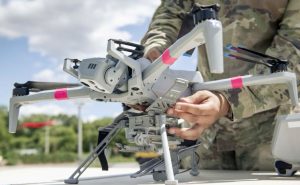


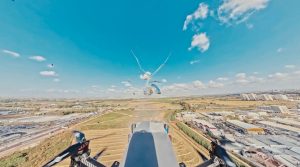


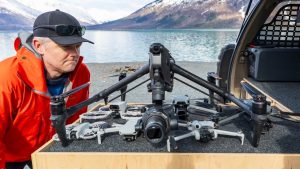
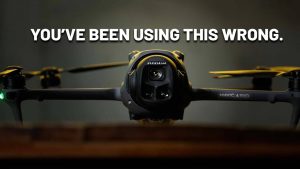

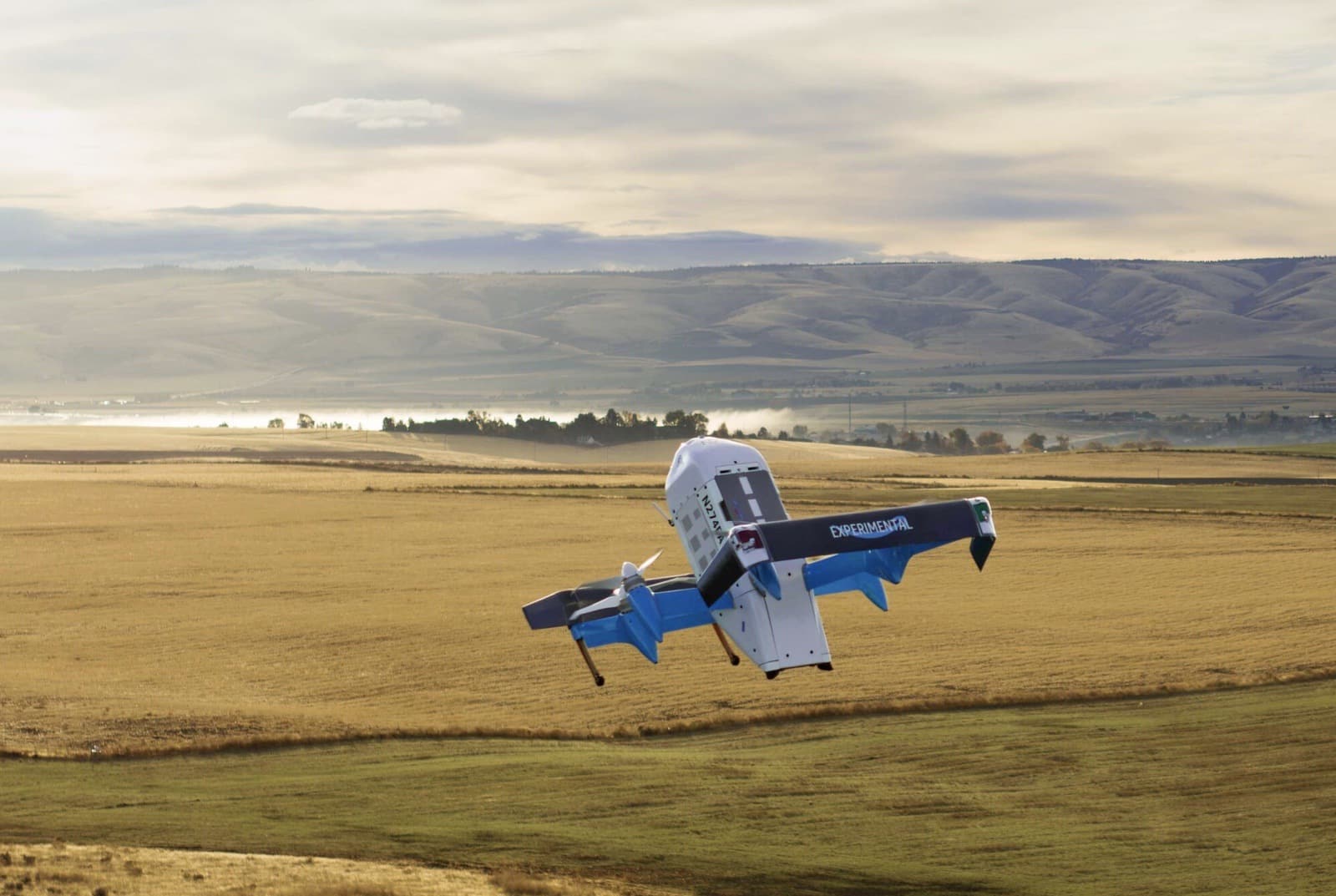
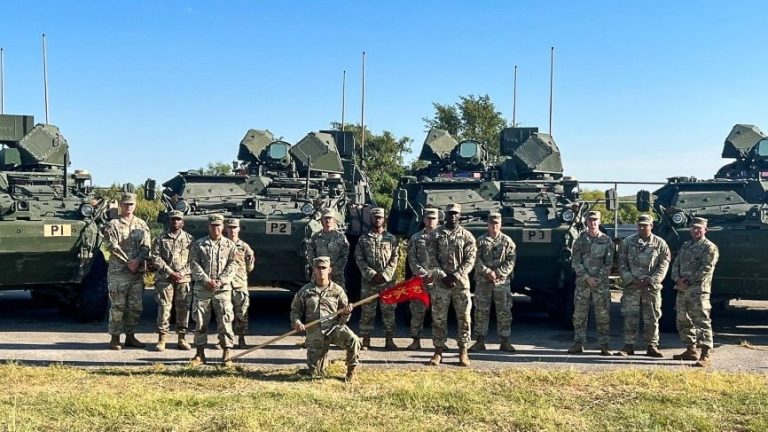

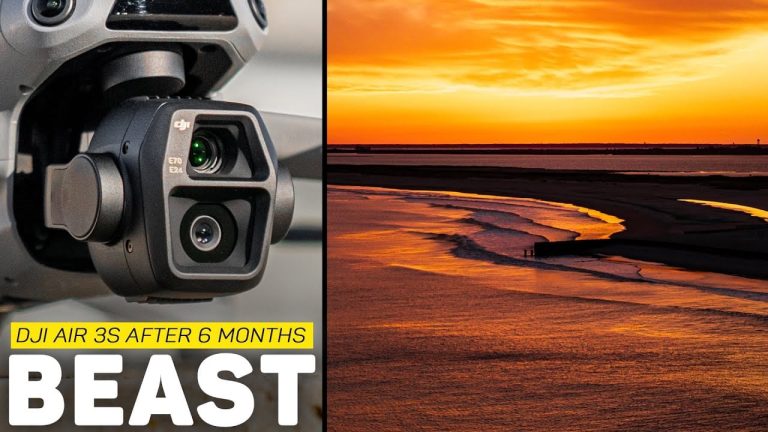
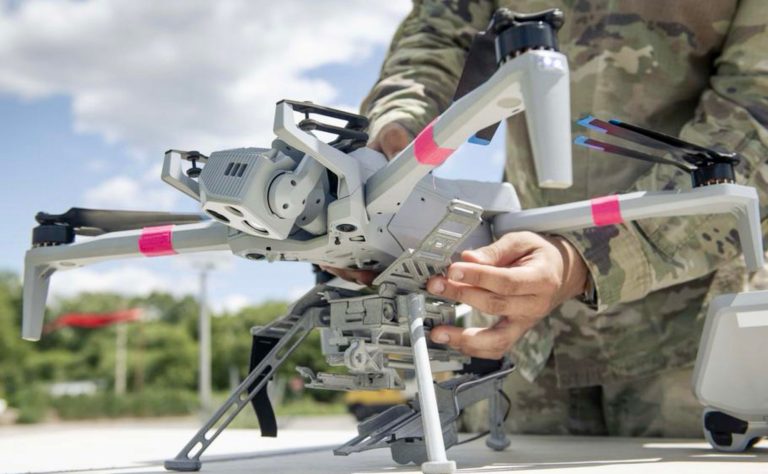
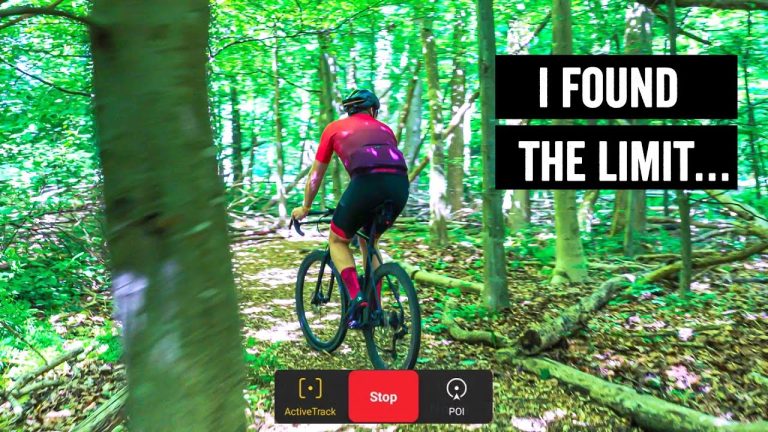
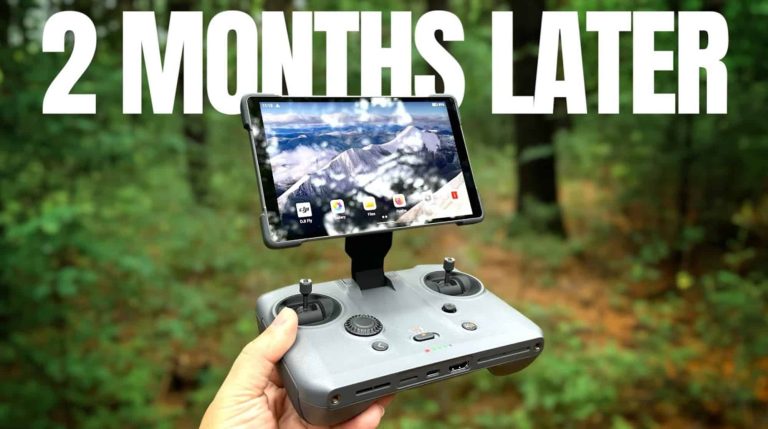

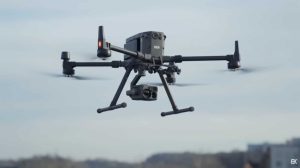
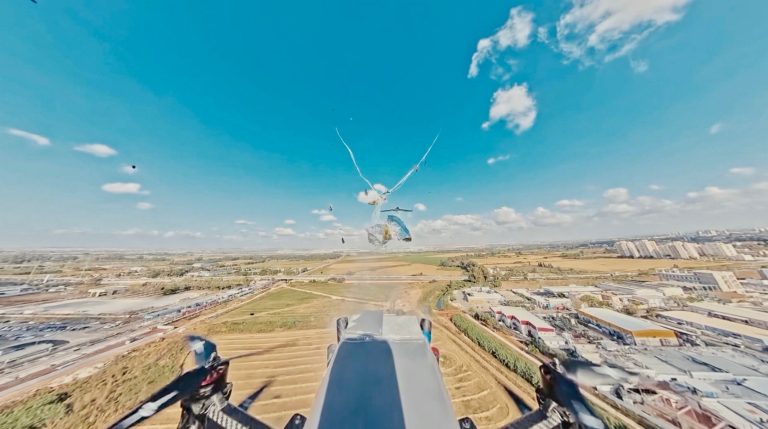

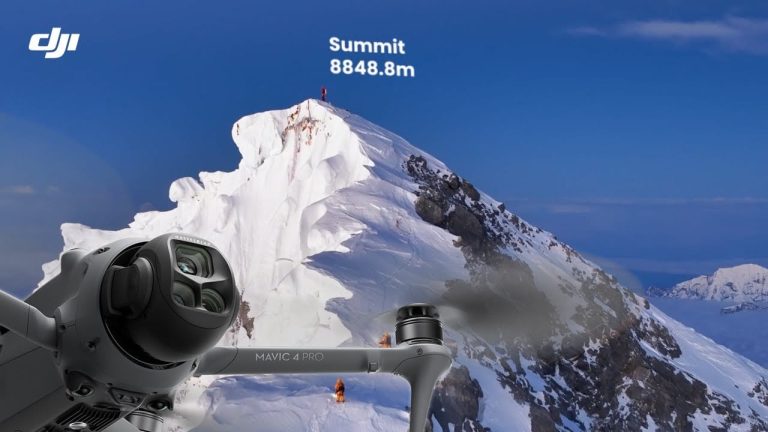
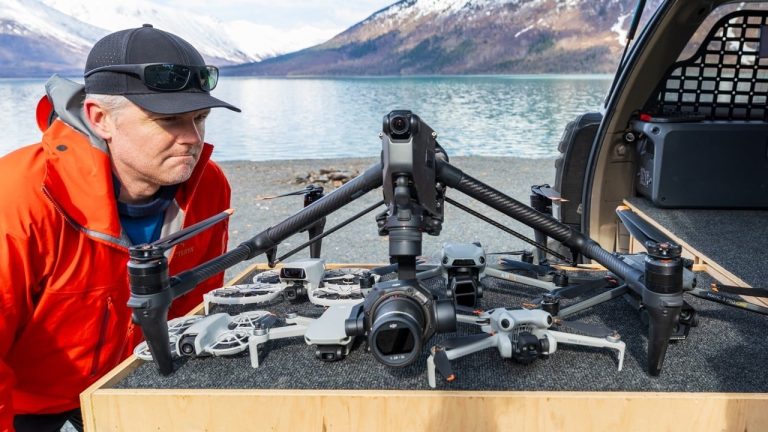
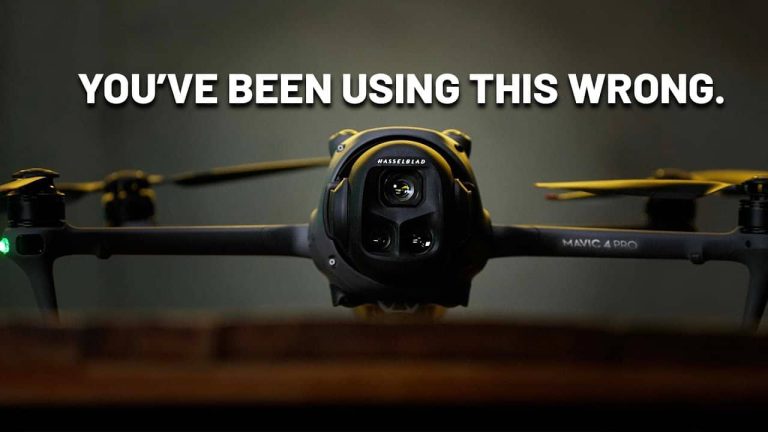
+ There are no comments
Add yours